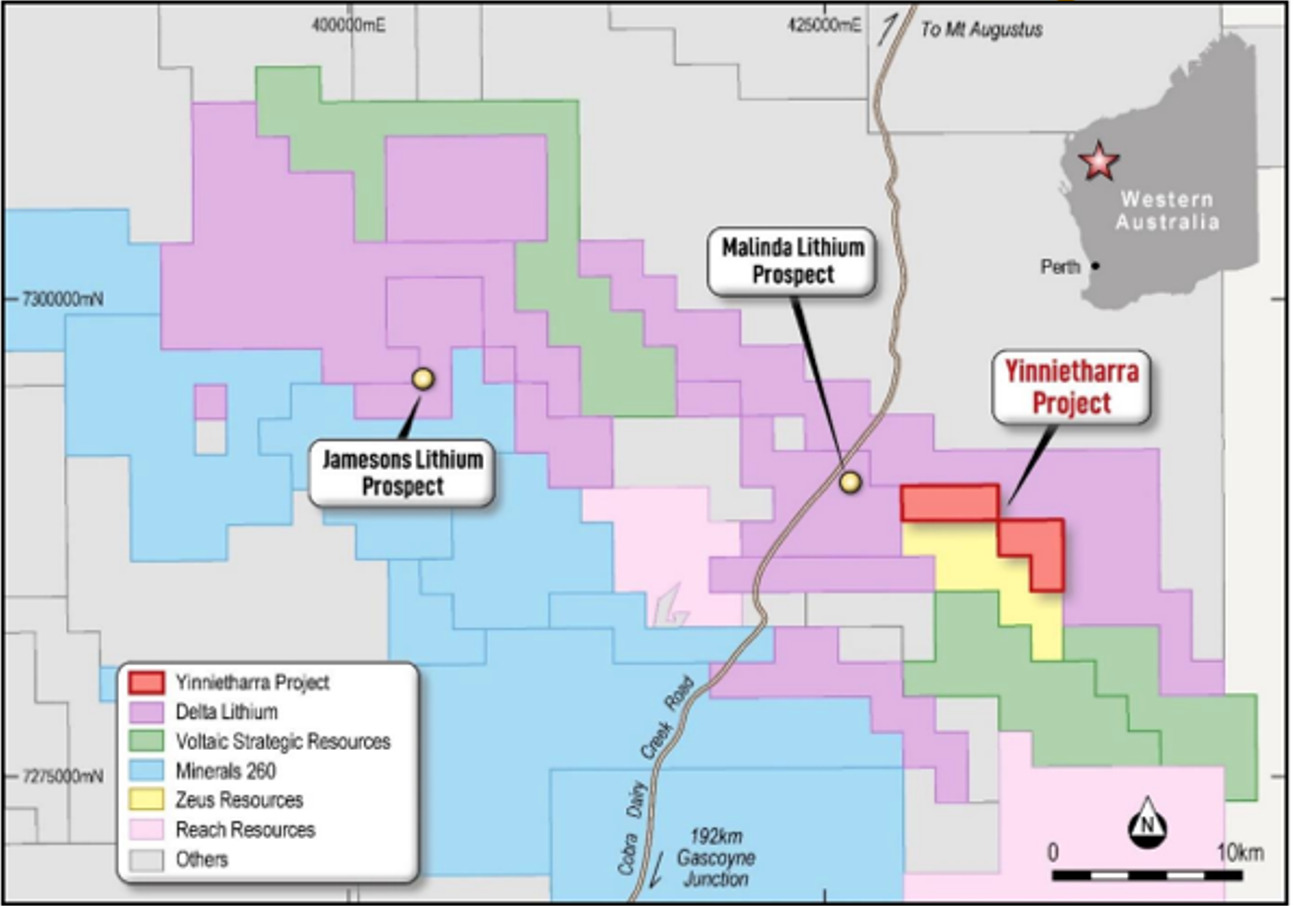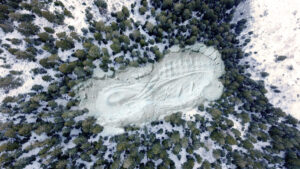Bubalus sketches out multiple compelling targets at Yinnietharra, close to Delta’s Malinda prospect

Bubalus has confirmed a high-priority target at the Yinnietharra project following a program of systematic, project-wide soil sampling. Pic via Getty Images
- Malinda East confirmed as a high priority target for drilling, based on results of systematic surface sampling by Bubalus Resources
- Other sizeable 800m x 450m lithium-in-soils anomalies have been identified along strike from Delta Lithium’s Malinda prospect
- Bubalus has started the process to obtain relevant clearances for drilling
Special Report: Multiple lithium-in-soil anomalies have been delineated at Bubalus’ Yinnietharra project, 2km east of Delta Lithium’s Malinda prospect where drilling is under way.
Bubalus Resources (ASX:BUS) completed the acquisition of its Yinnietharra tenements in WA’s Gascoyne region in 2023, which was quickly followed up by an initial field reconnaissance program.
The project is a short distance from Delta Lithium’s (ASX:DLI) Malinda prospect, the subject of recent drilling targeting spodumene-hosted mineralisation over a distance of 1.6km and to a depth of 350m.

While no previous drilling has been undertaken on the BUS tenure, spodumene-bearing pegmatites trending in the direction of the Yinnietharra project boundary represent an obvious walk-up target.
A program of soil sampling conducted by the company detected lithium and caesium at surface in the area, confirming ‘Malinda East’ as a priority target for drilling.
Several anomalies identified
According to BUS, anomalism at Malinda East measure 800m north-south and 450m east-west and is defined by lithium-in-soil values above 40ppm lithium and caesium-in-soils above 8ppm.
Bedrock lithologies in this area are interpreted to belong to the Leake Springs metamorphic unit, the host rock for the mineralised pegmatites at Malinda.
Two further lithium-in-soil anomalies, derived from anomalous lithium responses due to the levelling of assay data by Sugden Geoscience, were detected and labelled as Target 2 and Target 3.
“These surface geochemistry results are encouraging given their potential correlation to the spodumene bearing pegmatites less than 2km away at Delta’s Malinda project,” BUS non-executive director Scott Deakin said.
“The known spodumene-bearing pegmatites at Malinda drilled by Delta strike in an east-west direction and interpreted to trend into BUS’s tenure, right where we have detected an anomaly at Malinda East.”
Clearances for drilling under way
While these anomalies boast an intense weathering profile of the regolith, their tenor is relatively subdued, but BUS believes they still remain clear targets for 2024 exploration and drilling.
The necessary clearances for drilling are now under way.
BUS has started to engage with the Wajarri Yamatji Aboriginal Corporation (WYAC), as representatives of the Aboriginal traditional owners of the area underlying the Yinnietharra Project, to obtain the relevant clearances required for drilling on the project.
“We look forward to progressing approvals towards a maiden drilling program at Malinda East, and testing the source of this lithium anomalism and the lithologies present in the bedrock,” Deakin said.
This article was developed in collaboration with Bubalus Resources, a Stockhead advertiser at the time of publishing.
This article does not constitute financial product advice. You should consider obtaining independent advice before making any financial decisions.
Related Topics

UNLOCK INSIGHTS
Discover the untold stories of emerging ASX stocks.
Daily news and expert analysis, it's free to subscribe.
By proceeding, you confirm you understand that we handle personal information in accordance with our Privacy Policy.








